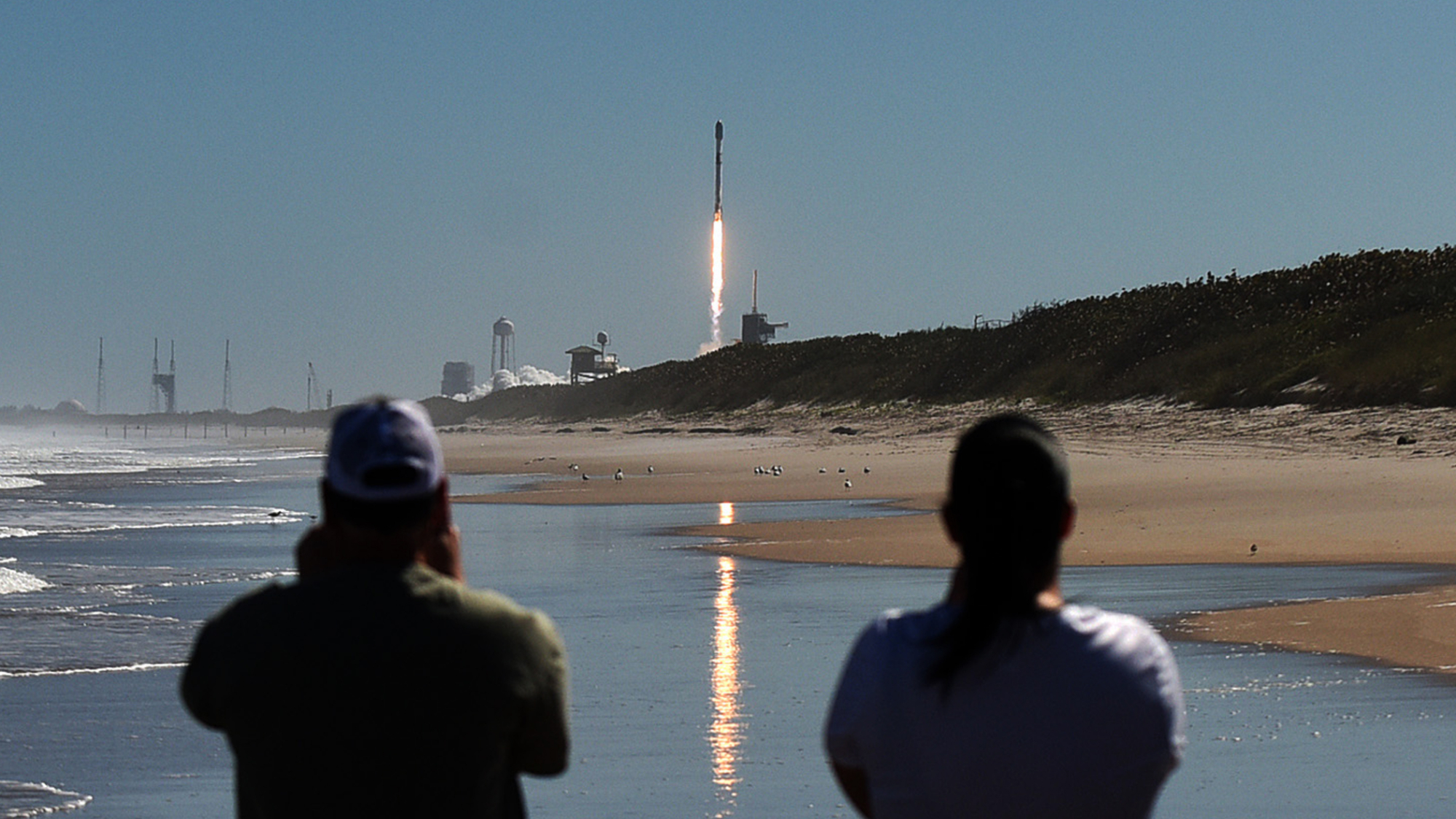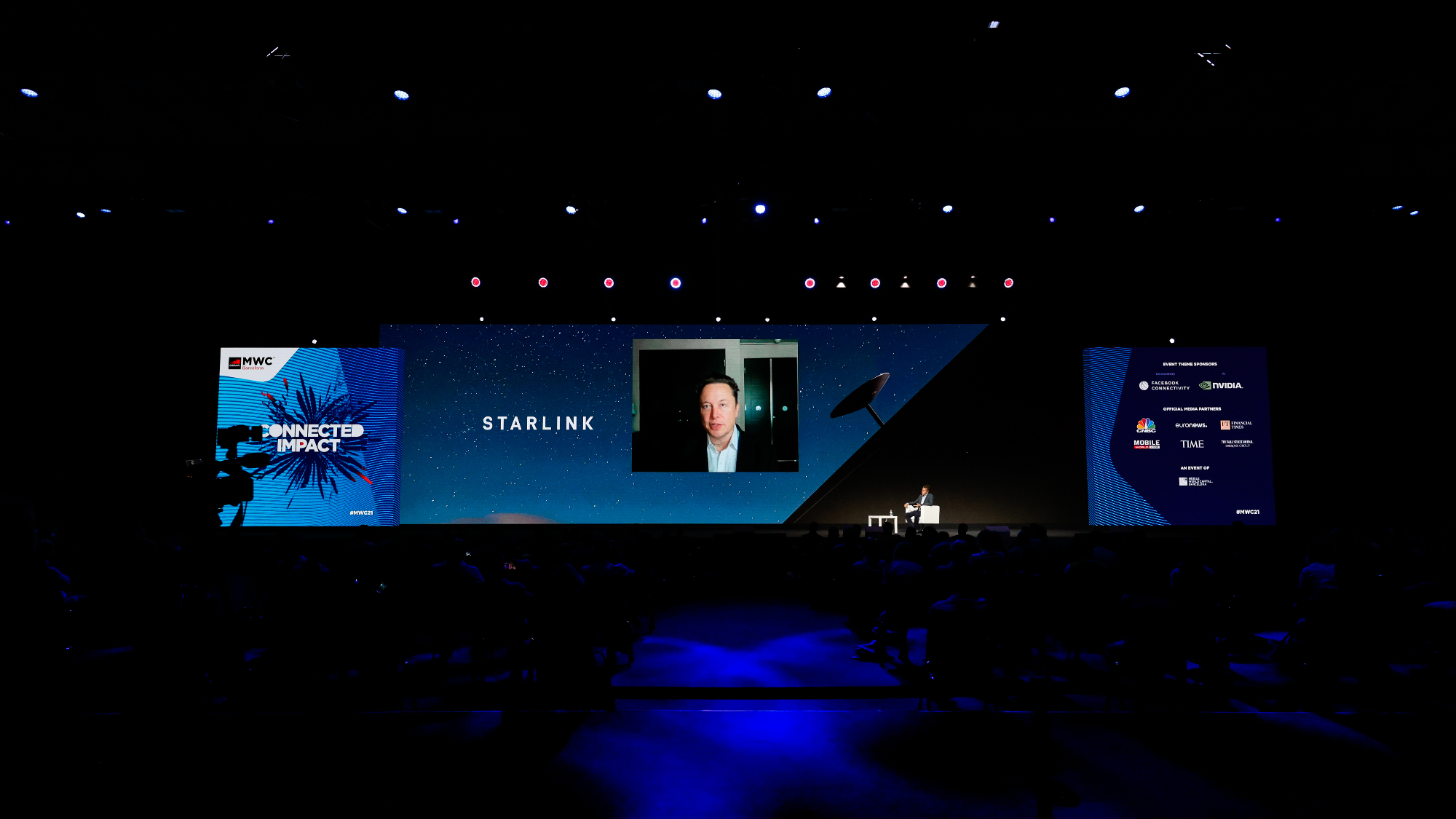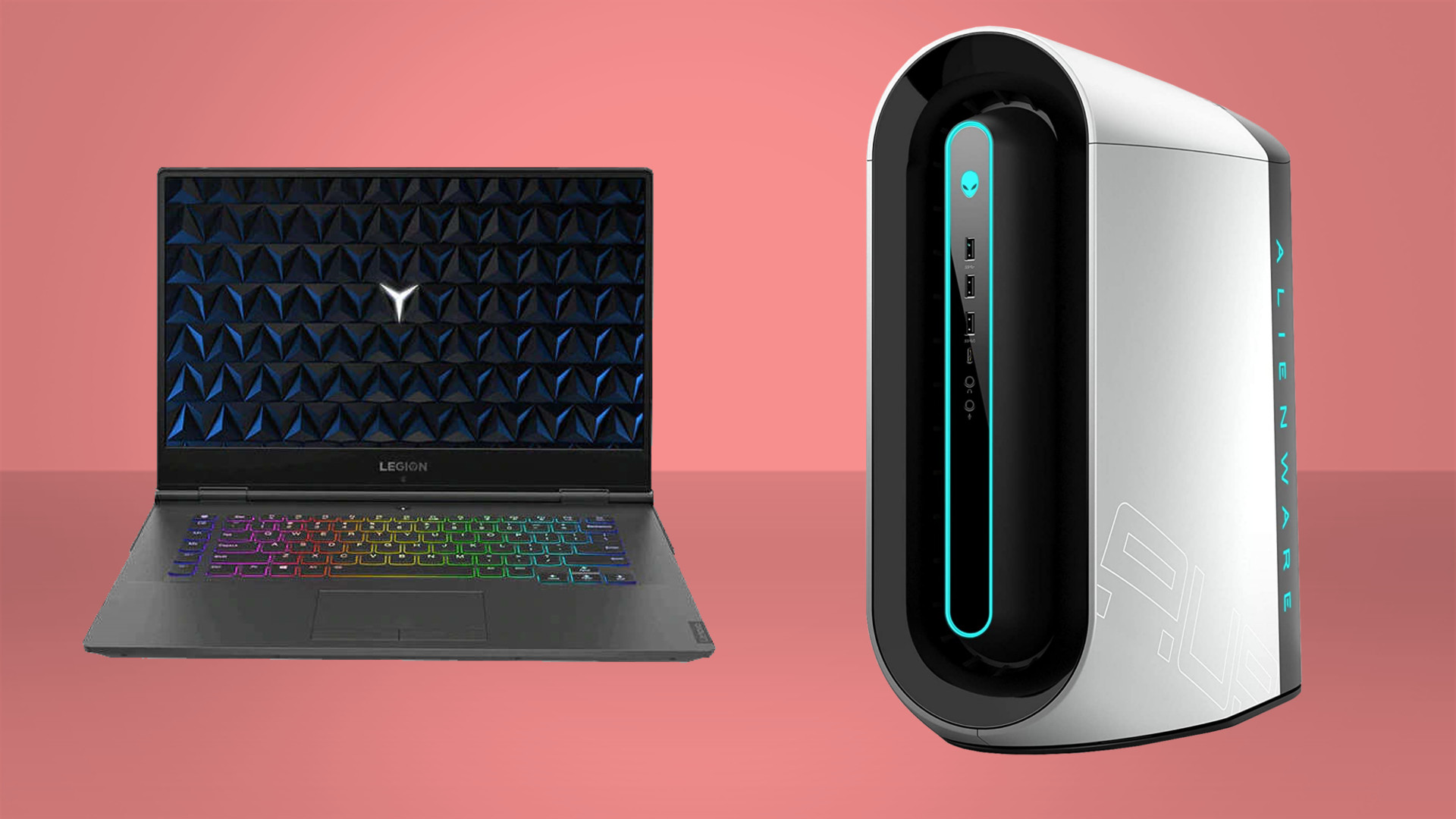First a geomagnetic storm and now NASA is causing a headache for SpaceX's satellite internet
SpaceX just lost 40 satellites, and now NASA wants to make sure it's not jeopardizing other missions with the 30,000 more it hopes to launch.

SpaceX just suffered a crushing loss of 40 Starlink satellites recently launched into orbit around the Earth, courtesy of a geomagnetic storm. And now it seems NASA is delivering the second in a one-two punch combo by raising concerns over SpaceX's plan to launch another roughly 30,000 Starlink satellites into space.
Starlink is SpaceX's satellite internet service, which it hopes to compete with more Earth-based broadband connections with. It requires a network of satellites in orbit around the Earth, which makes it handy for getting internet to out-of-reach places on the globe or even following natural disasters, but has also caused plenty of debate as to whether crowding the sky with satellites is really the best use of the Earth's orbital zone.
"NASA has concerns with the potential for a significant increase in the frequency of conjunction events and possible impacts to NASA's science and human spaceflight missions," a letter from NASA to the FCC reads.
"NASA wants to ensure that the deployment of the Starlink Gen 2 system is conducted prudently, in a manner that supports spaceflight safety and the long-term sustainability of the space environment."
The letter, as noted by CNBC space reporter Michael Sheetz, notes the risks that could be incurred by SpaceX's proposed satellite internet network expansion. Largely they boil down to near-misses with crewed and science missions, delays to space launches for expensive missions, and interference with ground telescopes; including those attempting to keep an eye on the stars.
NASA raises concerns about the SpaceX plan for Starlink Gen2 in letter to the FCC:Risks include:—near miss/collisions with science and crewed missions—maneuvering capability failure—interference with space and ground-based telescopes—launch schedule delays pic.twitter.com/J2X08uyj2tFebruary 9, 2022
According to the letter, roughly 25,000 objects are tracked in Low Earth Orbit. That means that another 30,000 satellites by SpaceX would more than double what's there already. That's singularly a lot to worry about, as windows for proposed launches are reportedly already slim, and that's without taking into account any further constellations, or satellite plans, that could also be in the works.
"An increase of this magnitude into these confined altitude bands inherently brings additional risk of debris-generating collision events based on the number of objects alone. NASA anticipates current and planned science missions, as well as human space flight operations will see an increase in conjunctions."
The biggest gaming news, reviews and hardware deals
Keep up to date with the most important stories and the best deals, as picked by the PC Gamer team.
One such mission that may be affected even further by the proposed plan is the Hubble telescope, which would be joined by roughly 10,000 of the Starlink satellites at 535km if the company's plans go ahead. According to NASA it already captures a satellite in orbit around the Earth in roughly 8% of all the composite images it takes, so that number is likely to increase by some margin. That means your Hubble birthday snap might one day be photobombed by a Starlink satellite.
Another potential issue is with ground-based telescopes trying to hunt down potentially harmful asteroids on a collision course with Earth. Thankfully we don't have many of those, but we've all seen Don't Look Up, and I would prefer if the real-deal went somewhat better than that. NASA says more satellites in orbit could interfere with or even hide a dangerous asteroid.


Best gaming PC: the top pre-built machines from the pros
Best gaming laptop: perfect notebooks for mobile gaming
NASA actually estimates that, should these 30,000 satellites launch, there would be a Starlink satellite in every single asteroid survey image taken for planetary defence.
There are more reasons why NASA has an issue with the plan, including interference with its radio frequencies, potential issues with launch and entry of ISS visiting vehicles, and the lack of possible safe launch windows with so much more stuff in the sky.
Though NASA doesn't forthright deny SpaceX the possibility of launching wave two of its space-based internet. In fact, the letter asks that SpaceX work with NASA to figure out launches, satellites, and troubleshooting, if necessary, ahead of time. It also suggests working on a list of best practises for further programs in space, so if it's not SpaceX working on it, NASA doesn't have to worry either.
This all arrives following the troubles with SpaceX's most recently launched Starlink satellites. Around 49 Starlink satellites were launched on February 3, and that part went off without a hitch. Unfortunately, though, the following day the satellites were hit by a geomagnetic storm, and the resulting efforts to protect them from the storm actually led to 40 of these satellites being lost for good.

Jacob earned his first byline writing for his own tech blog. From there, he graduated to professionally breaking things as hardware writer at PCGamesN, and would go on to run the team as hardware editor. He joined PC Gamer's top staff as senior hardware editor before becoming managing editor of the hardware team, and you'll now find him reporting on the latest developments in the technology and gaming industries and testing the newest PC components.

